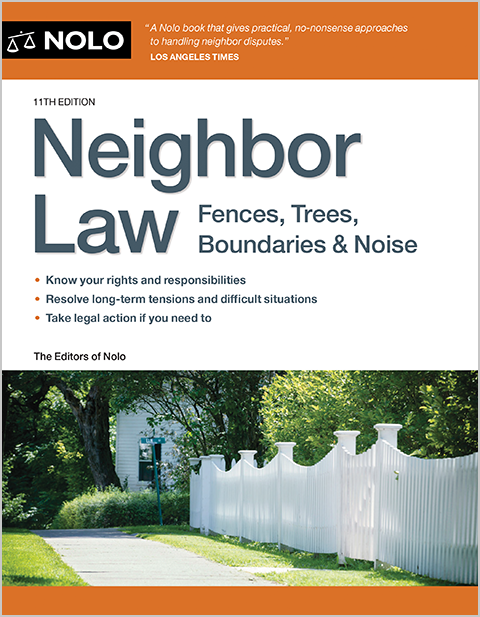Who gets to pick the fruit—including off the ground, over the property line?
There's nothing like the satisfaction of growing and eating your own apples or pears or peaches. Many fruit trees are ornamental as well, adding beauty to a back or side yard. At the same time, fruit can become a neighborhood temptation. Children, in particular, might feel no hesitation about picking and eating it, regardless of who owns the tree. But children aren't the only ones who view fruit as a public opportunity. If you're growing fruit in your front yard, you might see people show up with bags, baskets, and even ladders, helping themselves.
This can lead to a variety of disputes. Perhaps you'd like to enforce your rights against the pickers. Or perhaps your neighbors have seen your kids helping themselves to fruit from apple and plum trees they've planted along your property line. Who has the law on their side in such situations? Here, we'll analyze that, taking into account:
- the location of the tree, and
- the location of the fruit.
Where Is the Fruit Tree Located?
If the trunk of a fruit tree is on your neighbors' property, the tree and the fruit it bears belong to them—even if fruit-laden branches overhang your property. Your children can't enter your neighbors' property and take their fruit—that's considered petty theft. As to whether your neighbor can enter your property to pick the fruit, that's a legal gray area, and one that neighbors would do best to work out in an amicable fashion.
Any state, such as California or Massachusetts, that has commercial orchards will also have laws protecting the produce of those orchards, and while you and your neighbors probably aren't in the business of growing and marketing apples, everyone is still entitled to their own produce.
Picking fruit from "public trees"—trees that are growing on public land or in public parks—is usually permitted, however. Some nonprofits maintain maps showing the locations of public fruit trees.
If the trunk of a tree straddles the boundary line between your property and your neighbors', it's a "boundary tree." Each of you owns all of it, jointly. In that event, you have the right to fruit growing on branches that are on your side of the line. You might also have a right to fruit on the other side of the line, but you'd have to go on your neighbor's land to get it.
What if the trunk of your tree is in your front yard? You own the fruit that grows on it, even on those branches that hang over the sidewalk. Discouraging passersby from plucking a low-lying apple or pear might, however, require more surveillance than you've got time for. Consider training and pruning the tree so that most of the branches are on your side of the property line, perhaps shaping the tree to a trellis or into a fan-shaped form. A fence might provide better—or at least more prominent—protection. But, as a practical matter, you might have to resign yourself to losing some of your tree's fruit.
Where Is the Fruit Falling?
What if apples have fallen from your neighbor's tree onto the ground on your side of the property line? Wanting to pick them up and put them to use is perfectly understandable. But, in some states, the falls still belong to your neighbors.
This is anomalous: On the one hand, you can't legally pick up and eat the fruit. On the other hand, your neighbors can't legally enter your land to retrieve it.
This isn't something you want to be fighting with your neighbors about. A talk with your neighbors, perhaps accompanied by homemade cookies, will likely lead to informal guidelines about what everyone can and can't do. Most people allow neighbors to pick or gather fruit that is on the neighbors' side of the property line, regardless of the law in their own state.
Talk to a Lawyer
Need a lawyer? Start here.
How it Works
- Briefly tell us about your case
- Provide your contact information
- Choose attorneys to contact you
- Briefly tell us about your case
- Provide your contact information
- Choose attorneys to contact you


